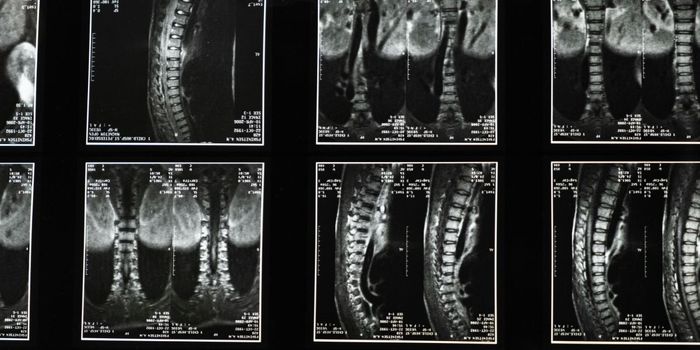Alpha-synuclein as a Biomarker for Parkinson's Disease

Parkinson’s disease (PD) is a widespread neurogenerative disorder that can significantly impact a person’s quality of life. In addition to motor symptoms such as stiffness and tremor, cognitive decline and depression may also occur. About 60,000 people in the United States are diagnosed with PD each year. Despite our rapidly increasing understanding of PD, many gaps in our knowledge still exist, and accurate and early diagnosis remains a challenge. Currently, there are no laboratory or imaging tests for nongenetic cases of Parkinson’s Disease. Diagnosis is based on clinical history and examination, as well as response to medication. Various molecular imaging techniques to trace markers associated with PD are currently being evaluated through trials funded through the National Institute of Neurological Disorders and Stroke. However, researchers are also actively investigating the possibility of using certain biomarkers detected in various bodily fluids to aid in diagnosing PD.
Alpha-synuclein is a protein thought to be critical to the pathogenesis of PD, although the mechanism through which this protein causes neurotoxicity and degeneration is not fully understood. Alpha-synuclein is present in the cerebrospinal fluid, saliva, and blood. However, the levels of this protein can fluctuate; therefore, the interpretation of altering levels of alpha-synuclein can be problematic. An additional limitation of available research is the variations in testing procedures that have been used to measure alpha-synuclein, making comparisons between studies difficult. Alpha-synuclein has different forms, and our knowledge of levels in healthy vs. PD subjects is lacking. Some studies, however, have yielded exciting results. For example, although they are limited in number, studies measuring alpha-synuclein in skin biopsies have been consistent. Additionally, skin biopsies are minimally invasive and easy to perform.
Finding a reliable biomarker for PD would significantly improve diagnostic accuracy and allow providers to monitor improvement or advancement of the disease. It could also assist in the objective measurement of response to treatment. Larger studies with PD patients will be required to obtain reliable results. Alpha-synuclein is a promising biomarker but its clinical usefulness is currently limited. Investigators should continue to explore the use of combination biomarkers and imaging biomarkers for the diagnosis and prognostication of PD.
Sources: Parkinson’s Foundation, Frontiers in Aging Neuroscience








